How to properly grow vegetables in a greenhouse?
Even in warm regions, growing vegetables in a greenhouse helps the gardener to significantly expand the range of food crops and have early fruits on the table. Residents of regions with a harsh climate do not make sense to have a dacha without this structure: neither tomatoes nor cucumbers will give good harvests. The best option is a polycarbonate greenhouse, it keeps heat well, is durable, and comfortable.
Advantages of a polycarbonate greenhouse
More and more summer residents prefer polycarbonate structures. This material is expensive, but it will last longer than film or glass. If heated there, vegetables can be grown in these premises even in winter. During construction, provide for double doors, otherwise a sharp temperature drop from the cold outside air will destroy the plantings.
Warm beds will be a good substitute for artificial heating. Their base is made of manure, which, when heated, releases heat. A layer of soil is poured on top, and the roots of plants do not freeze from the soil that has cooled down over the winter.
It is possible to use other organic materials:
- chopped wood;
- paper;
- tree bark.
Vegetables are grown under a roof for more than just an early harvest. The ecological situation in many regions is detrimental to capricious cultures. Acid rain and harmful emissions from industrial enterprises, strong ultraviolet radiation do not allow growing a decent crop in the open air. Polycarbonate neutralizes harmful factors and the plants feel comfortable.
Advice
The top layer of polycarbonate can be scratched even with a dish sponge. Clean the greenhouse only with soft rags and mild soapy water, do not use chemical detergents.
How to get a good crop in a greenhouse
To get the most out of the greenhouse, you need to position it correctly on the site. It is important for crops to get good lighting in the morning and evening, so the correct option is to orient the beds from north to south. If you listen to the advice of experienced gardeners, in this way they recommend growing small plants: greens, radishes. For high crops, it is better to set aside rows directed from west to east.
If you set up a greenhouse between tall trees or near buildings, the shade from them will obstruct the sun's rays. A safe bet is to build it in an open area so that nothing blocks the light from the east and west. A polycarbonate fence withstands the pressure of strong winds, but it is better to choose a site for construction that is protected from air currents.
Make the width of the beds 45-60 cm, then you can get close to any bush and provide it with proper care. The height of the beds depends on the possibility of proper soil moisture. If you have plumbing, drip irrigation, or automatic irrigation, you can make tall, warm beds. When this is not possible and you only appear at the dacha on weekends, stick to the standard height of 20 cm.
Advice
When buying seeds, consider if the variety is suitable for greenhouse cultivation. If the plant is to be pollinated by insects, you will have to use a brush to transfer the pollen from flower to flower.
If you have a polycarbonate greenhouse, plants are not afraid of small spring frosts. In cold regions in film structures, a slight frost can destroy all seedlings. In this case, it's better not to rush, plant tomatoes only at the end of May, and cucumbers in June. In the spring, water all the beds with warm water before planting.It will not only warm the earth, but also awaken worms and microorganisms from hibernation, which will prepare the soil for receiving seeds.
Joint landings
Not all summer residents can build a separate room for each culture. Even if you divide the greenhouse into compartments, the air humidity will be the same everywhere.
To begin with, let's look at the most popular crops for greenhouses - tomatoes. They need:
- not too high air temperature;
- little moisture;
- good ventilation;
- plentiful feeding with phosphorus and potassium;
- low nitrogen content in the soil.
You can plant radishes, onions or lettuce next to the tomatoes. Eggplants will be good neighbors, only they require much more water for irrigation than tomatoes. If the crops do not like high air humidity, cover the entire surface of the beds with a thick layer of straw, it will delay the evaporation of water from the soil.
If you plan to plant cucumbers, they require different growing conditions. They will feel uncomfortable next to tomatoes.
For the device of cucumber beds you need:
- very rare airing;
- air temperature about 22⁰С;
- little fertilizer;
- water for irrigation should be warm and settled.
Peppers and herbs will be good neighbors. Just keep in mind that sweet and bitter peppers in the same greenhouse can become pollinated, and the fruits will lose their taste. Allocate space correctly for crops of different heights. Plant low early-maturing plants near the walls, tall bushes in the back row. With this arrangement, there will be enough sunlight for everyone. If you plant salad in the first row, peppers in the second, and place the cucumbers vertically on trellises, you can harvest a good harvest from a small area.
If you have never been involved in joint planting, do not try to grow a large assortment of vegetables in one greenhouse, introduce new "neighbors" gradually. Some gardeners can grow completely incompatible plants in neighboring beds, but this skill comes only with experience. Before planting the main crop, you can grow early maturing plants: radishes, herbs, salads. Plant in such quantity that everything is harvested by the time the cucumbers or tomatoes are planted.
When and what to plant
Once you've built a good polycarbonate greenhouse, don't let it stand idle. Not every gardener will decide on winter cultivation, but in early spring, especially if you arrange warm beds, the vegetable conveyor should start working. Plant early vegetables that are not afraid of cold weather: radishes, herbs, bow on a feather... During this time, you can sow the seeds of the crops that you intend to grow in the open field. By the onset of warm days, the seedlings will already be large, and you will taste fresh vegetables much earlier than when sowing directly to the garden. In this way, you can grow:
- cabbage;
- beets;
- zucchini;
- pumpkin;
- some kinds of flowers.
When space becomes free, plant in the greenhouse the seedlings of heat-loving crops brought from home: tomatoes, eggplants, peppers. Do not forget that the previous batch of plants could take some of the nutrients from the soil, then you need to fertilize the soil before planting. There are crops that do not deplete, but enrich the soil. If early legumes were growing in the greenhouse in the spring, they added nitrogen to the soil. For more phosphorus and potassium, plant a white mustard.
Some crops finish bearing fruit in June, and space is freed up in the greenhouse. Do not let the land stand idle, on one site you can take 2 or even 3 crops per season. Plant home-grown seedlings of heat-loving melons - watermelons, melons - and by the end of summer they will give you juicy fruits. In autumn, when the tomatoes and cucumbers have already been removed, sow herbs and herbs, and in a month you will have tender young parsley and fresh dill on your table.
Winter has come, but you don't want to leave the greenhouse? Equip it with heating and good lighting - and do your gardening all year round.On the forums, experienced summer residents give advice on growing greens, vegetables or strawberries for sale in winter. If you master this business, and the family will be with vitamins in any season, and your budget will be significantly replenished.
Completing the summer season
The greenhouse has been working all summer, growing fresh vegetables for you, and during this time it has become soaked in spores of fungi, pathogens of various infections. If the treatment is not carried out, in the next season the plants will start to hurt, they will be struck by pests, the larvae of which overwintered in secluded crevices. Start with soil. Dig it up and spill it with a solution of Bordeaux liquid or copper sulfate.
All structures, equipment and tools must be thoroughly washed with soap or disinfectants. To eradicate infection, even in the most difficult-to-reach places, fumigate the room with a sulfur stick or spray greenhouse disinfectant. Be careful when working, strictly follow the manufacturer's advice. All structures can be treated with bleach, but its effectiveness is low.
Output
Any kind of vegetables can be grown in greenhouses. In early spring, you will receive the first greens and radishes, and when this crop is harvested, it will be the turn of seedlings of tomatoes, peppers, eggplants, cucumbers. You can harvest even in winter in a polycarbonate greenhouse equipped with a heating system.
When landing, you need to consider plant compatibility... Cucumbers and tomatoes need a different microclimate, it is advisable not to plant them in the same room. While the seedlings are small, the bushes do not occupy a large area, between them you can plant compact crops of rapid ripening: onions on a feather, greens, radishes. Caring for plantings in a shelter is required the same as on the street: watering, weeding, feeding, pest and disease control. Build a polycarbonate greenhouse on the site, and a rich harvest will be provided in any weather.
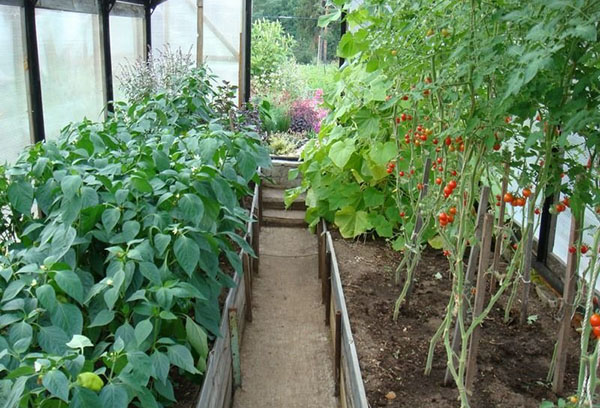
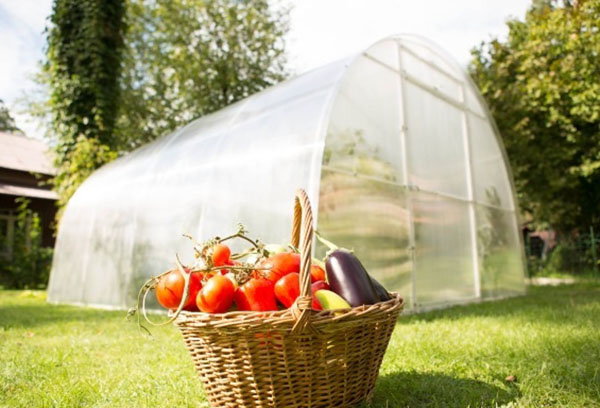
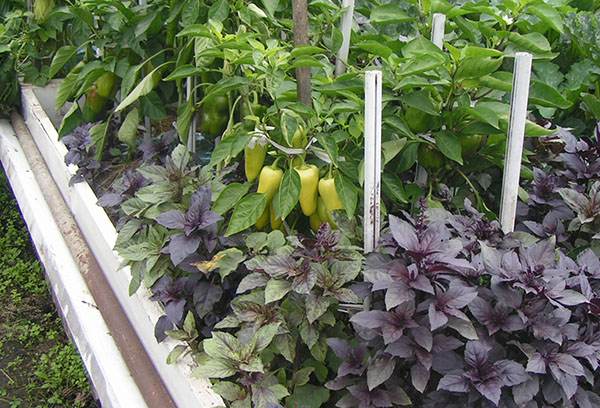
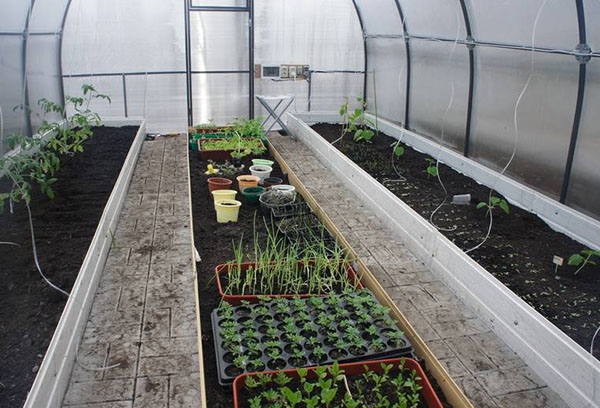
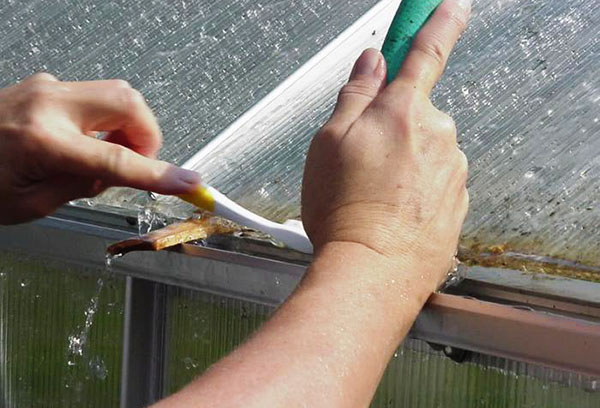
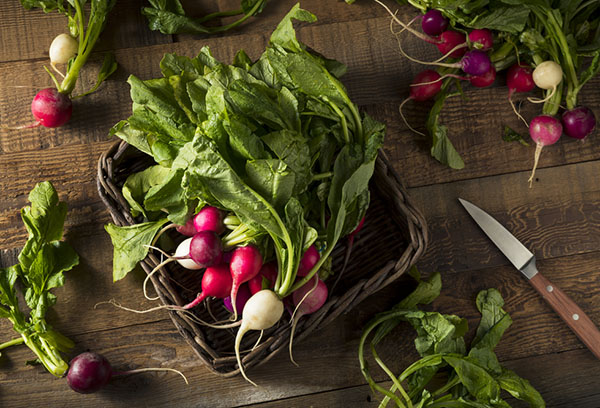
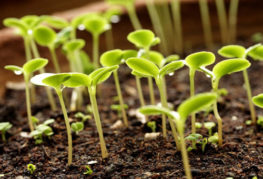
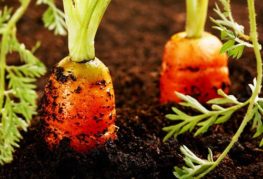
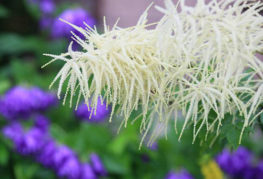
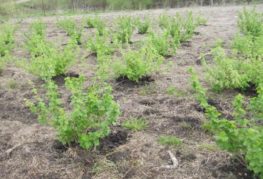
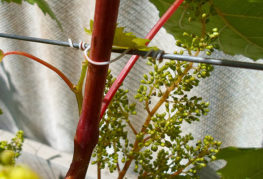
and will be published shortly.